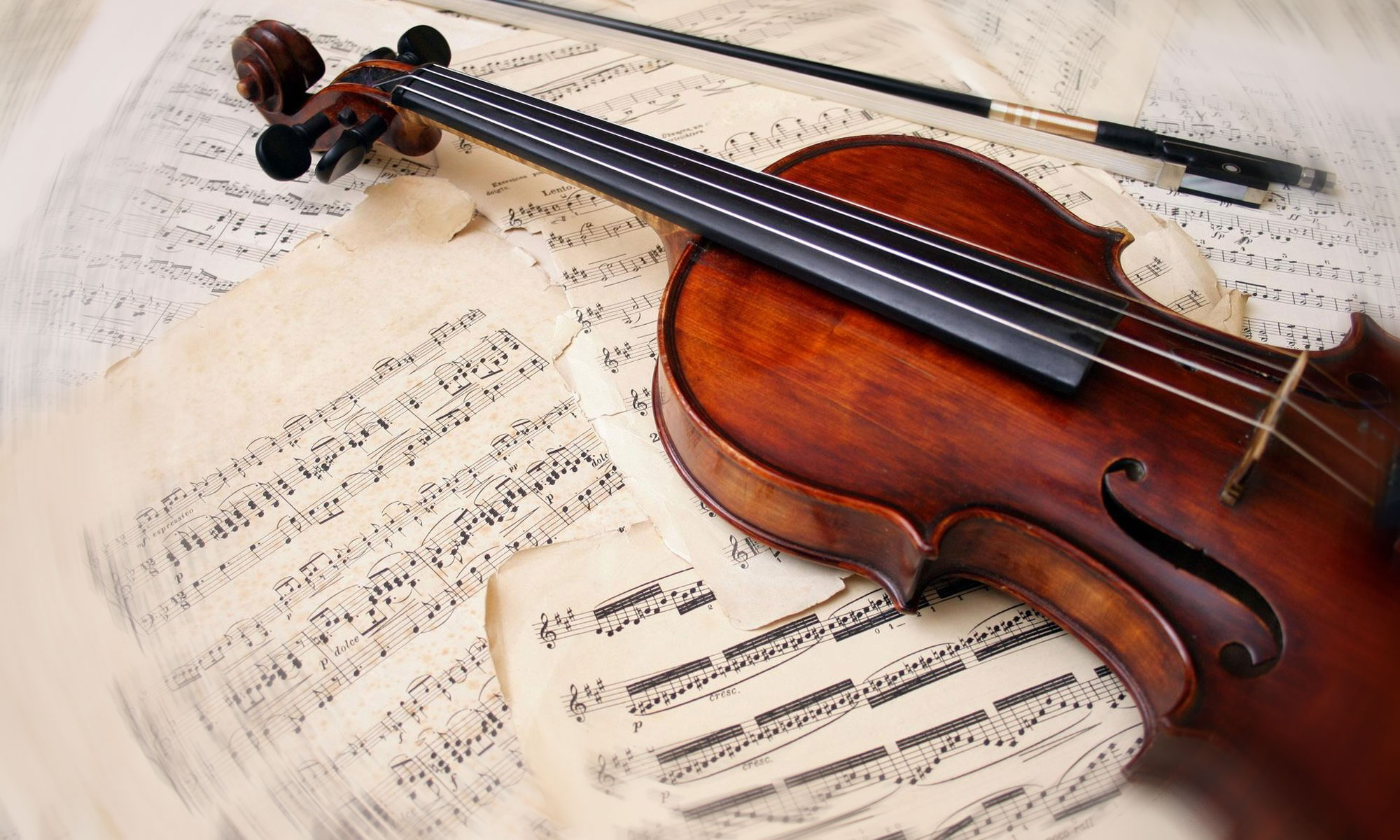
Les Paul, and ‘The Log’


Teaching Discipline & Love


The key change has been used by musicians like Beyoncé, Travis Scott, Brian Wilson of the Beach Boys and Michael Jackson for decades. Nowadays, it’s getting harder and harder to find in top songs.
Kevin Winter/The Recording Academy/Getty Images; Rick Kern/Getty Images; Ron Galella/Getty Images; GARCIA/Gamma-Rapho/Getty Images
Many of the biggest hits in pop music used to have something in common: a key change, like the one you hear in Whitney Houston’s “I Wanna Dance With Somebody.”
But key changes have become harder to find in top hits.
Chris Dalla Riva, a musician and data analyst at Audiomack, wanted to learn more about what it takes to compose a top hit. He spent the last few years listening to every number one hit listed on the Billboard Hot 100 since 1958 – more than 1100 songs.
“I just started noticing some trends, and I set down to writing about them,” says Dalla Riva, who published some of those findings in an article for the website Tedium.
He found that about a quarter of those songs from the 1960s to the 1990s included a key change.
But from 2010 to 2020, there was just one top song: Travis Scott’s 2018 track, “Sicko Mode.”
How the key change is used in pop music
According to Dalla Riva, changing the key – or shifting the base scale of a song – is a tool used across musical genres to “inject energy” into a pop number.
There are two common ways to place a key change into a top hit, he says. The first is to take the key up toward the end of a number, like Beyoncé does in her 2011 song “Love on Top,” which took listeners through four consecutive key changes. This placement helps a song crescendo to its climax.
The second common placement, Dalla Riva says, is in the middle of a song to signal a change in mood. The Beach Boys took this approach in their 1966 release “Good Vibrations,” as did Scott’s “Sicko Mode.”
“The key is just a tool,” Dalla Riva says. “And like all tools and music, the idea is to evoke emotion.”
Key changes falling flat
According to NYU professor and author of “Dilla Time” Dan Charnas, the key change has faded out of popularity alongside the often slow and emotional ballad, which he calls a “bastion of key changes.” Meanwhile, hip-hop has taken center stage.
“Hip-hop is a rejection of a lot of the tropes of traditional musicianship,” Charnas says. Music composition has also changed, prioritizing rhythm and texture over individual notes and chords.
There are some numbers from the late 80s, like Michael Jackson’s 1988 hit “Man in the Mirror,” where the key change can be seen as both a mark of beauty and a cliché.
“You can look at that song in two different ways. On one level, it’s a perfectly constructed song, a beautiful piece of songwriting. A lot of craft goes into it,” Charnas says. “In another view, it’s tropey, maudlin and completely manipulative.”
While the key change was once a mark of musical sophistication, many now consider it a crutch. Dalla Riva says a lot of his peers think using the key change is lazy.
“It’s just like you get to the last chorus and you’re like, all right, we need to inject some more energy. Let’s just shift the key up a half-step or a whole step.”
Where pop music is headed
Some fans and pop music experts might be inclined to mourn the “death” of the key change, but Charnas says musical tools and composition techniques are constantly evolving.
“There’s lots of ways to get dynamics in a song and in a composition,” Charnas says. “Key change is just one of the ways.”
In the absence of key changes – and in a time where hip-hop and electronic music have gained popularity – composers have turned to varying rhythmic patterns and more evocative lyrics.
And if you’re one of those folks who wants the key change to come back, Charnas believes there’s one way to do it: fund music education.
“You want to know why Motown was such an incredible font of composition? Three words: Detroit Public Schools.”
Though it can be cliched, Charnas says he does miss hearing a key change when it’s used at its best.
“Do I miss good key changes? Absolutely. Do I wish more people could rock a key change like Stevie Wonder? Absolutely.”